Media | Articles
Smithology: It was your dream, not mine
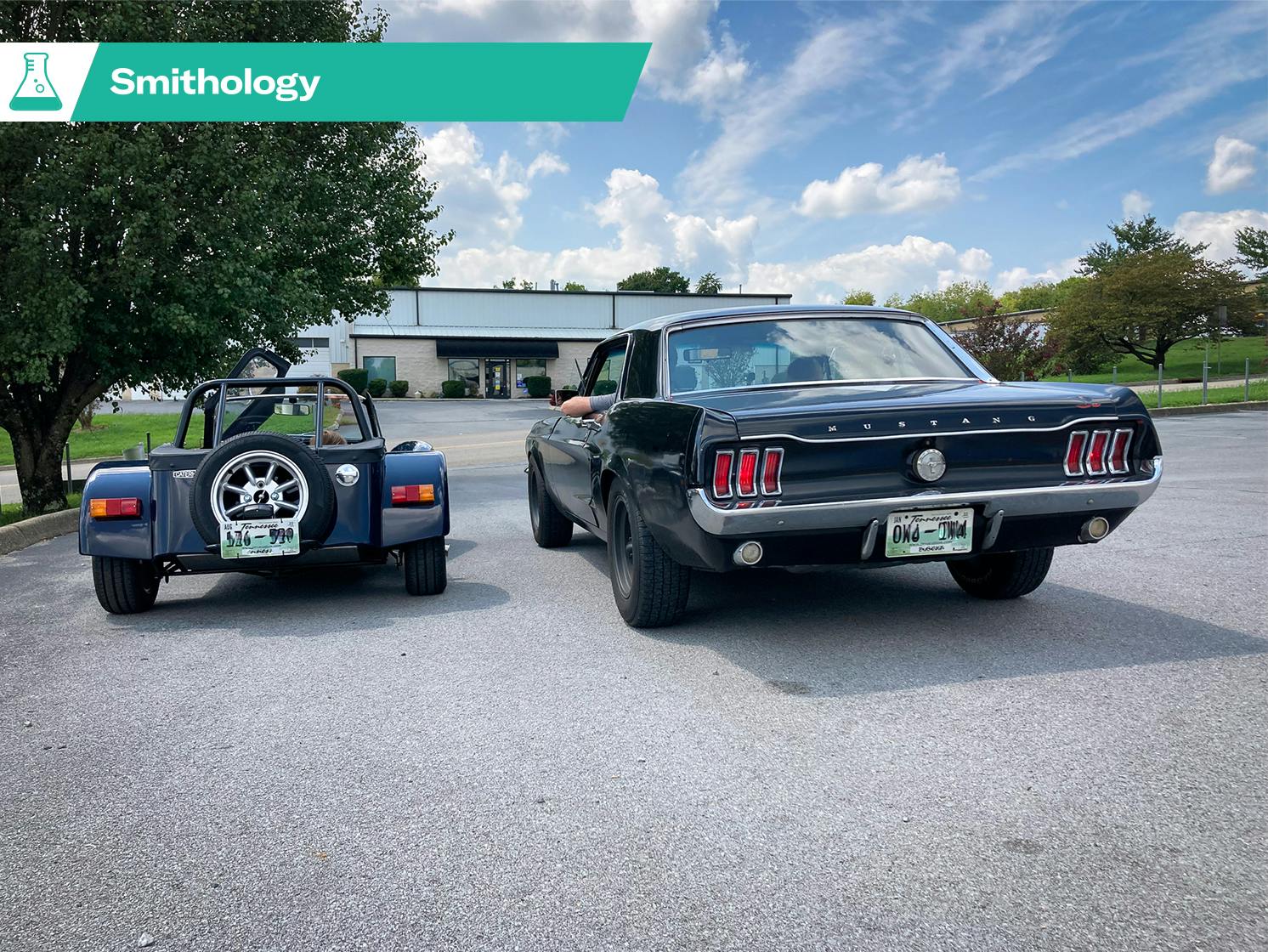
Every so often you catch a glimpse of the person you think you want to be. Or maybe it’s just the person another person wants to be, and that person is important to you, and so you take a minute to chew on the person you are, or at least the person you have long tried to become.
Does that make sense? It makes sense in my head.
This is a story about that glimpse.

A moment for backstory. We are in East Tennessee, near the mountains. Last year, my father bought a Caterham Seven kit, which he finished assembling a few weeks ago. Pop lives about four hours away, in Kentucky, where he’s been since early last year, when brain cancer took my mother. The Seven was one of the last things they agreed upon before she closed her eyes and didn’t come back. He was thinking of buying one, he told her, but he wasn’t sure. Sports car from a kit, maybe too impulsive in an emotional time?
Yes, she said, from her hospital bed. That’s a good idea. Do something for yourself. Which is what she always said with questions like that.
My parents met as children. There are pictures of them in the same grade-school class, lined up in rows, looking young and hopeful. They began dating in high school and were married shortly after graduation. The divorce papers filed a year later cited irreconcilable differences; a year after that, they remarried in front of a judge, unable to stay apart.
Mom and Dad were then joined at the hip for four decades. They had countless shared interests, not the least of which were family and cars and emotional volume controls set to eleven.

So. A Caterham. A kit car, but also a Lotus Seven in blueprint and blood. A Sixties design saved from cancellation by passionate loonballs. In 1973, a Lotus dealer named Graham Nearn bought the Seven’s production rights from Lotus founder Colin Chapman. His business lived in the town of Caterham, and for the past 48 years, the company he built has sold hundreds of Sevens every year, both kit and turn-key. A new engine or suspension arrives every third blue moon, but the Seven is mostly as it always was, tube steel and an aluminum skin on wheels with fiberglass fenders and not much else.
Thankfully, with sports cars, less is more. The average Seven weighs roughly a thousand pounds less than a new Miata. Chapman knew nothing if not minimalist engineering, and Nearn knew what to leave alone, so Cats are a joy to drive, blisteringly resolved and live-wire. You can build cars cheaper and faster, but Caterhams tend to end up with people who believe that romance is best when it simultaneously takes you somewhere and outshouts the bleatings of real life.
Which brings us back to my father. Born and raised in Louisville and a former flight instructor. Has a soft spot for taildraggers and the writing of Gordon Baxter. He once ran a shop that restored ash-bodied MGs. As for me, I am my father’s son, but I also owned a Seven once and miss it. Because Dad’s house was short on space, we decided to assemble his car in the Knoxville shop I rent with friends. When the car was done, he headed back to Kentucky for a bit, pulled by other responsibilities.
“Drive it while I’m gone,” he said. “Needs break-in. I was thinking of leaving it in town for a bit. Roads here are better anyway.”
I almost said no. Then I remembered that I try to not be stupid on purpose.
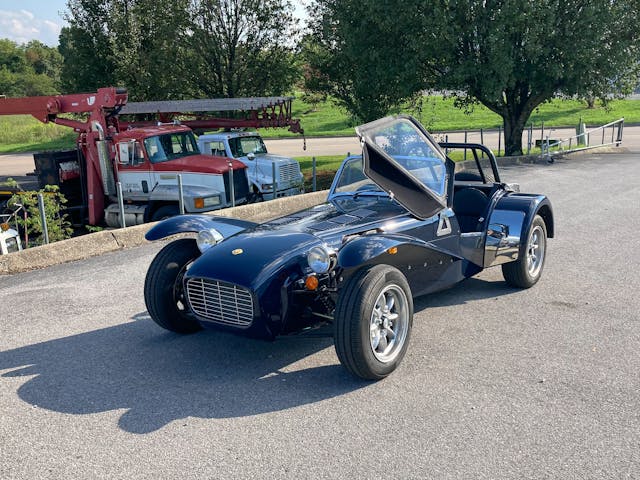
The car in question is a 2020 Super Seven 1600: 135 hp from a 1.6-liter Ford Sigma, plus retro touches like Jenvey “carb” throttles and clamshell fenders. Squinting at it gives 1970s vibes. Sixty miles per hour takes five seconds, slow for a modern Seven, but like all Caterhams, the 1600 lacks real doors, a radio, or power-assisted anything. As a humanitarian move, I quietly nudged Dad’s order sheet until he ticked boxes for the optional limited-slip and rear sway bar. Finally, I found him a reproduction Lotus Type 47 steering wheel with a quick-release hub and a thin rim, for old-school Jim Clark hootery.
You buy anything like a Lotus, you think about the Jim Clark hootery.

Break-in drives are best with company, so I brought a daughter on the first one. Our youngest, Vivien, is six. Her sister, Marion, is eight. Viv is a performative spaz who never shuts up. Marion is the opposite, quieter and addicted to books. I have nothing in common with either girl except absolutely everything, which is partly why my wife occasionally addresses me as if I am a child with a mortgage and a liquor cabinet, and that is all we will say about that.
Marion had homework to do, so I grabbed Viv and hauled her to the shop. My friend Zach Bowman brought his ’67 Mustang and his six-year-old daughter Lucy, not least because Lucy and Viv are pals. The pavement wound and coiled through trees. Zach led and pace was carried, the cars flowing with the road, because you do not live in Tennessee and build yourself a grumbly old rat Ford like his unless you believe in hustle.
Most people are familiar with how old cars can use you up. Sevens are royalty on this front, more abusive than most. Wind smacks off that plank of a windshield and beats your head back and forth; rocks land in elbows while hot dirt hits your face and the whole thing makes you punchy. Not everyone finds it charming. Me, I get five miles in, every time, and ask the same questions: Why is every car not an aluminum unitard? Is this all I need for the rest of my life? Why is the rest of traffic so stupid and fat?

Miles ticked on. Viv was quiet, and she’s never quiet. She was also sweating, and my daughters only like sweating when they’re running around and skinning knees.
At a stop sign, I leaned over to ask if she was okay. She took a breath, and then this tiny, meek little yes pipped up from under a tangled wreckage of hair.
We carried on.
Maybe an hour later, on a ridge somewhere near the county line, Viv sat up and tried to tell me something. Tiny voice again.
“I should have…” she said, and the rest was lost in the wind.
My right foot lifted from the pedal. Ahead, Bowman pulled into the distance.
“WHAT?”

Two hands cupped to her mouth, like a megaphone: “DADDY, I SHOULD HAVE BROUGHT SOMETHING TO HOLD MY HAIR.”
“Oh!” I said. “We can fix that later. Don’t worry.”
“Okay!” Then she hunkered back down, quiet again.
Life with a kid hinges on conversations, and you don’t always know when they matter. My old friend Seth Teel is the son of a commercial pilot. As a teenager, his dad, Pete, pushed him into flight lessons. Seth didn’t mind the training, but he didn’t feel any pull to it, either. Late in the process, he got lost during a solo and wandered his rental Cessna into the bee-swarm pattern of a big-city airport. Various forms of brown hit the fan, and the FAA grumbled. The experience killed what little interest Seth had in a pilot’s license, but his father was philosophical.
“I should have talked to him more,” Pete told us once, shaking his head. Seth and I were home from college and drinking beer on his dad’s back porch. Seth went palms-up: “Eh, it was your dream, not mine.” I watched them laugh about it and tried to imagine all the talking that must have gotten them to that point, and then we opened more beer and rambled on about airplanes and lord knows what into the night.
Pete Teel was a lovely and garrulous guy, basically my second father in high school. Maybe 20 years back, I asked him if he ever grew bored at 30,000 feet. He smiled warmly, then turned the table. “When you’re in a car you like, are you ever really bored?” Years later, he was killed by the same form of brain cancer that got my mother. The good ones are always connected, even if we hate the thread.

The Seven drive rambled on. We stopped for snacks at a hamburger stand. Viv and Lucy ate ice cream and yammered, running circles in the grass. As the sun fell lower, the Ford and Seven cranked through foothills and gauzy light. My memory chewed on stuff related and not, in that way that a brain can be completely immersed in one job but also have other stuff idling in the background.
A few months back, Viv told me, apropos of nothing, that she would never learn to tie her shoes. She seemed set on this, so I asked why. Too much work, she said, as if it were obvious—why do we even have laces, when Velcro exists?
Velcro is nice, I told her. But sometimes, you want your shoes to look nicer.
Most kids talk about want as if the world is a stable place. “I like nice,” she said. “But your shoes seem very hard to use and not fun. I like my shoes. They are Velcro and simple and smart for me.” Then she danced off to the living room, discussion over, to go play kitchen with an imaginary pony.
I stood there for a second, stunned, asking myself if those words held multiple layers, or just one big one with the secret to happiness stuck in the middle.
At a stoplight close to home, I was watching the light bounce off the Caterham’s headlights and thinking of airplanes. In the right seat, beneath a whirling hair-bomb so thick as to virtually cover her face, two hands rose up. Strand by strand, she pulled the hair back, revealing a scowl.
Couldn’t resist. Knew I shouldn’t.
“You really liked all this?”
Her face scrunched more, uncertain.
“Did I … what?”
The car was not loud, just idling. But it had been a long afternoon.
“You don’t have to ride in this again, if you don’t want,” I offered.
A light frown. Confusion. “Yes?”
“Huh?”
“I liked it.”
“Oh! Well, good. I’m glad.”
“Yes.” Another nod, then she looked forward again, as if things were settled.
“Would you like to do it again?”
A blink. “Yes?”
“Great. We will.”
Viv grabbed a fistful of hair with each hand, holding it out of her eyes. Then she sat back in the seat, ready to go again. The light flicked to green. I felt an embarrassing instant of relief, and I thought about my mom and dad. Then the rear tires chirped, and the engine yawped through first gear, and just like that, we were off.
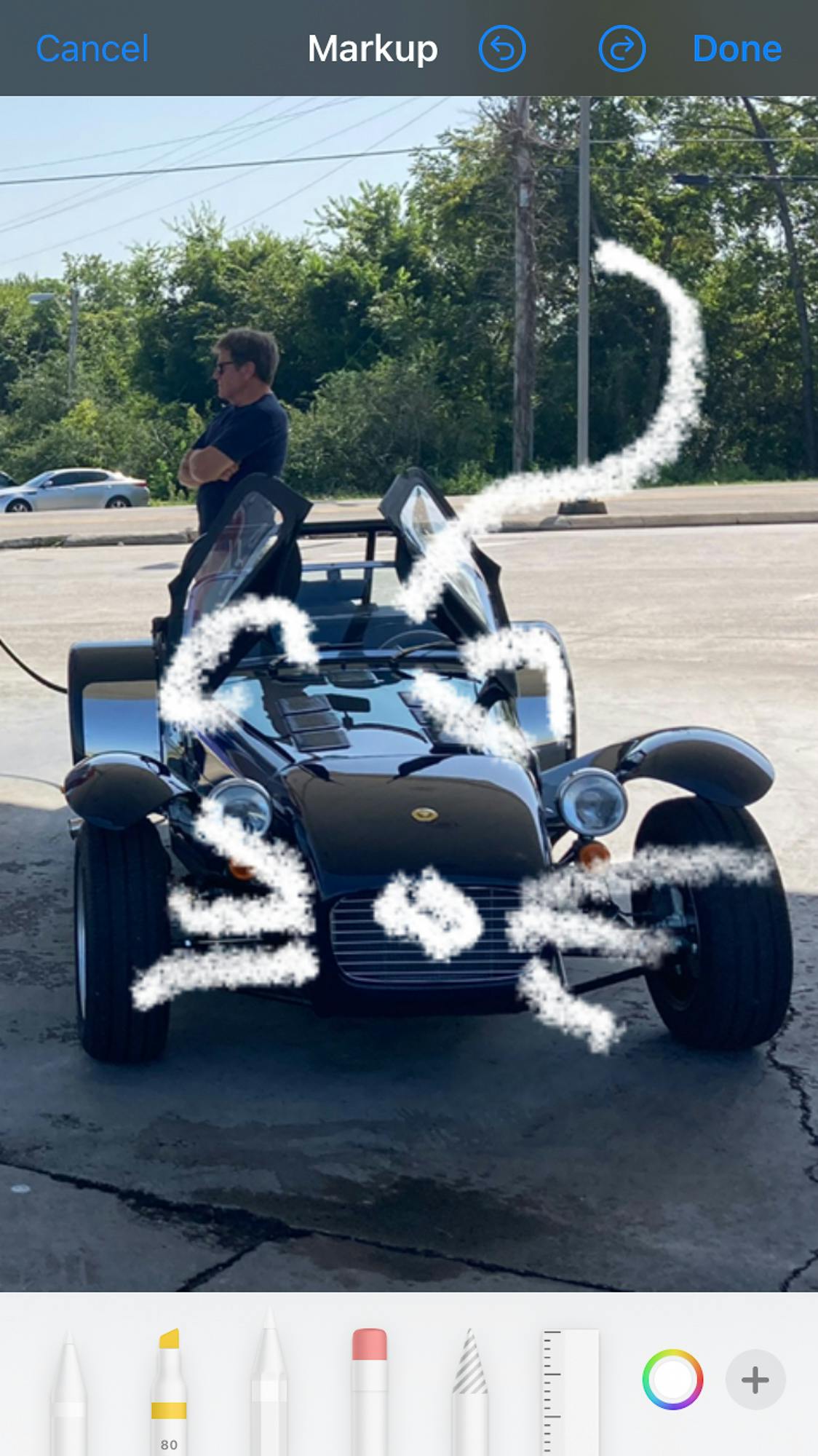
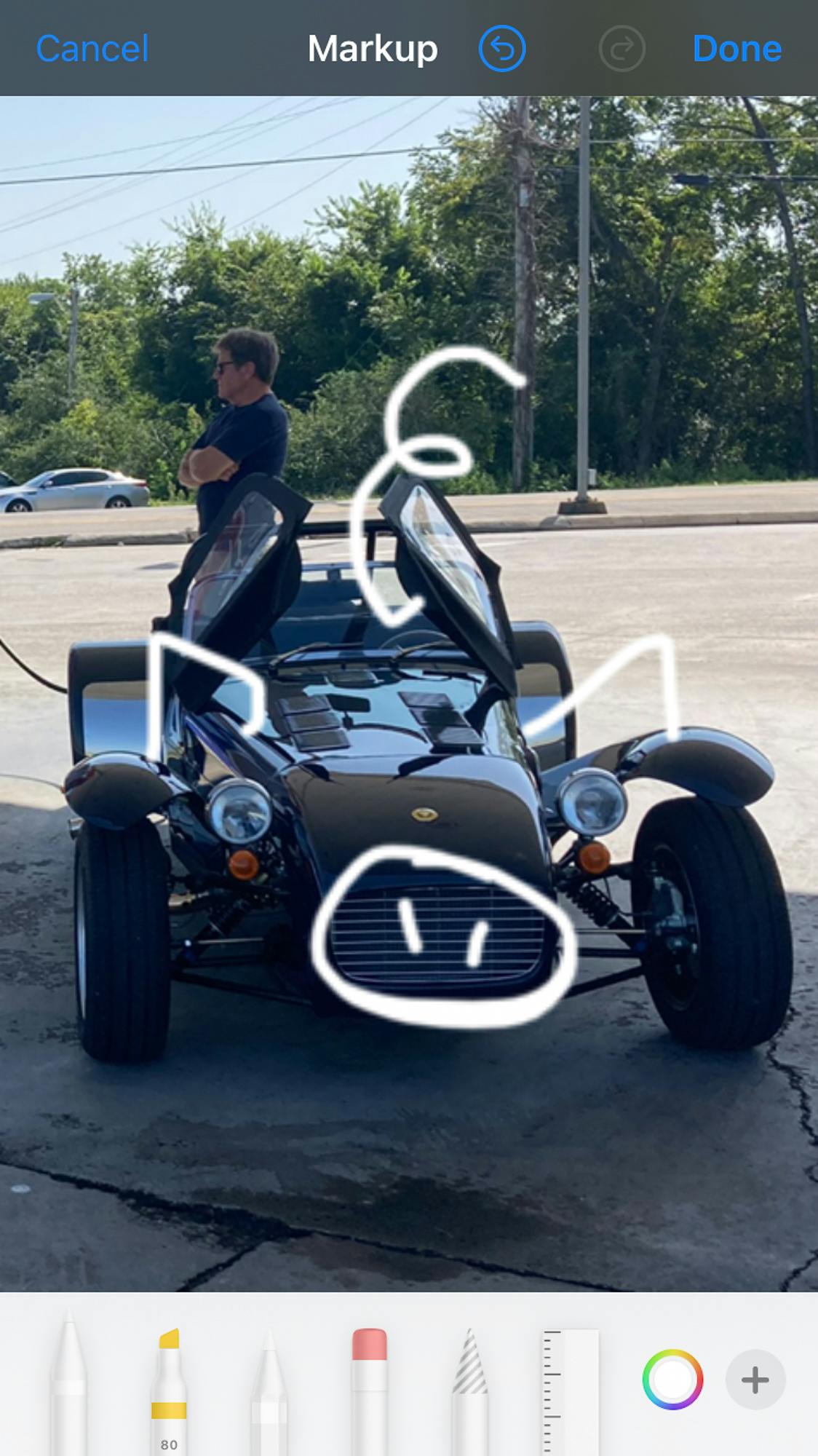
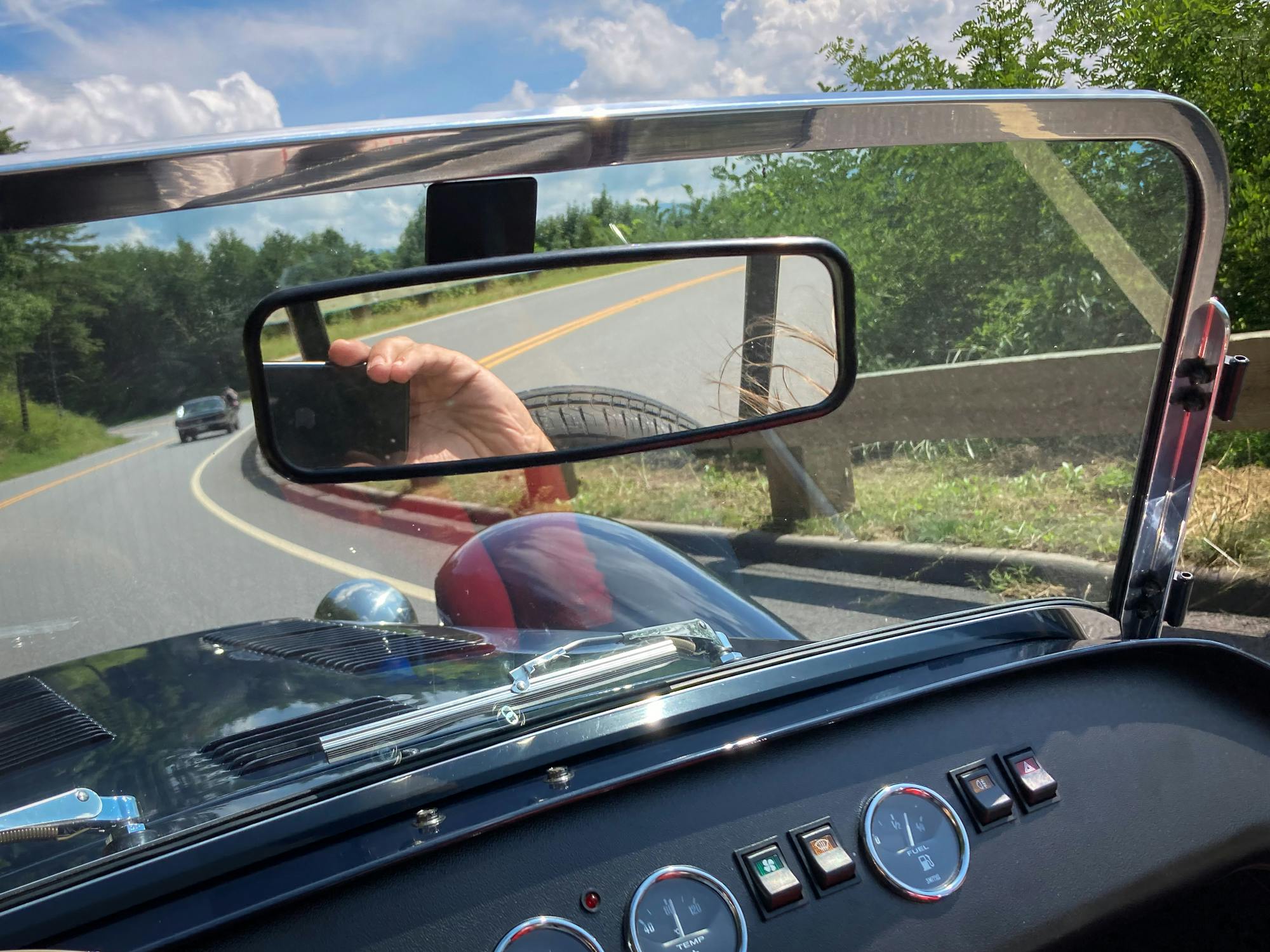
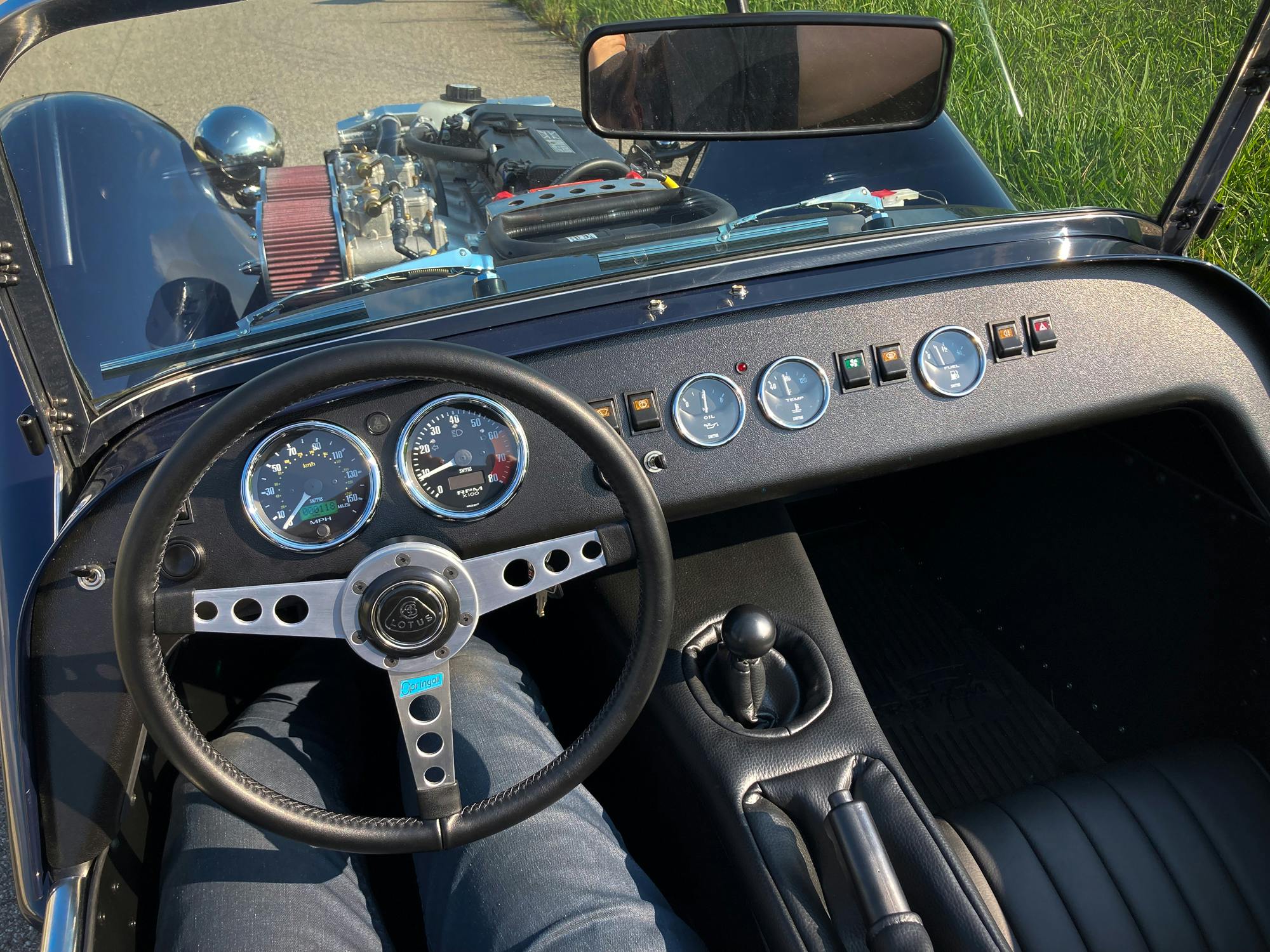
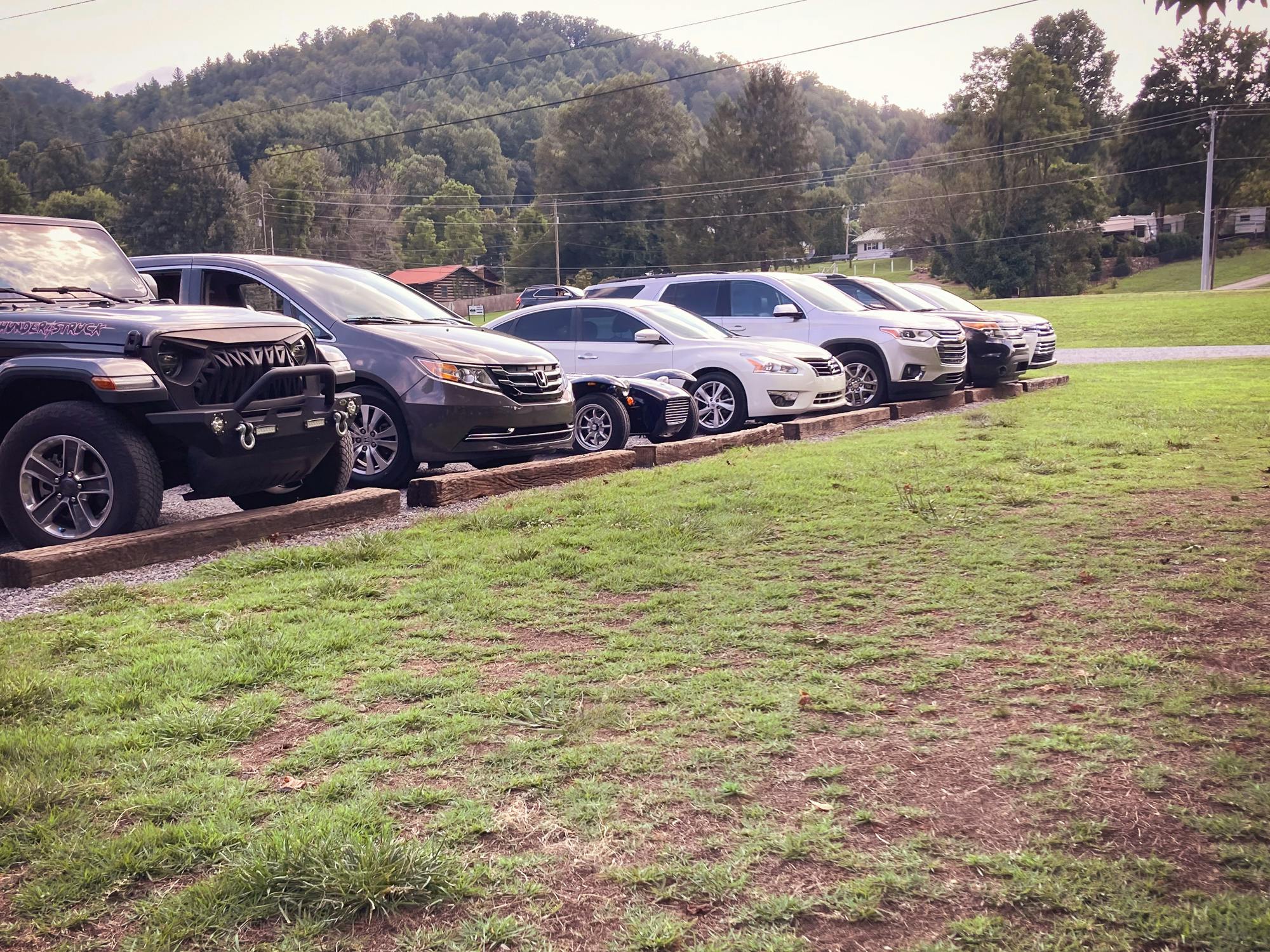




“Life with a kid hinges on conversations, and you don’t always know when they matter.” Truer words have never been written, Sam.
Thank you for your insights and observations, I love reading your stories. Keep up the good work.